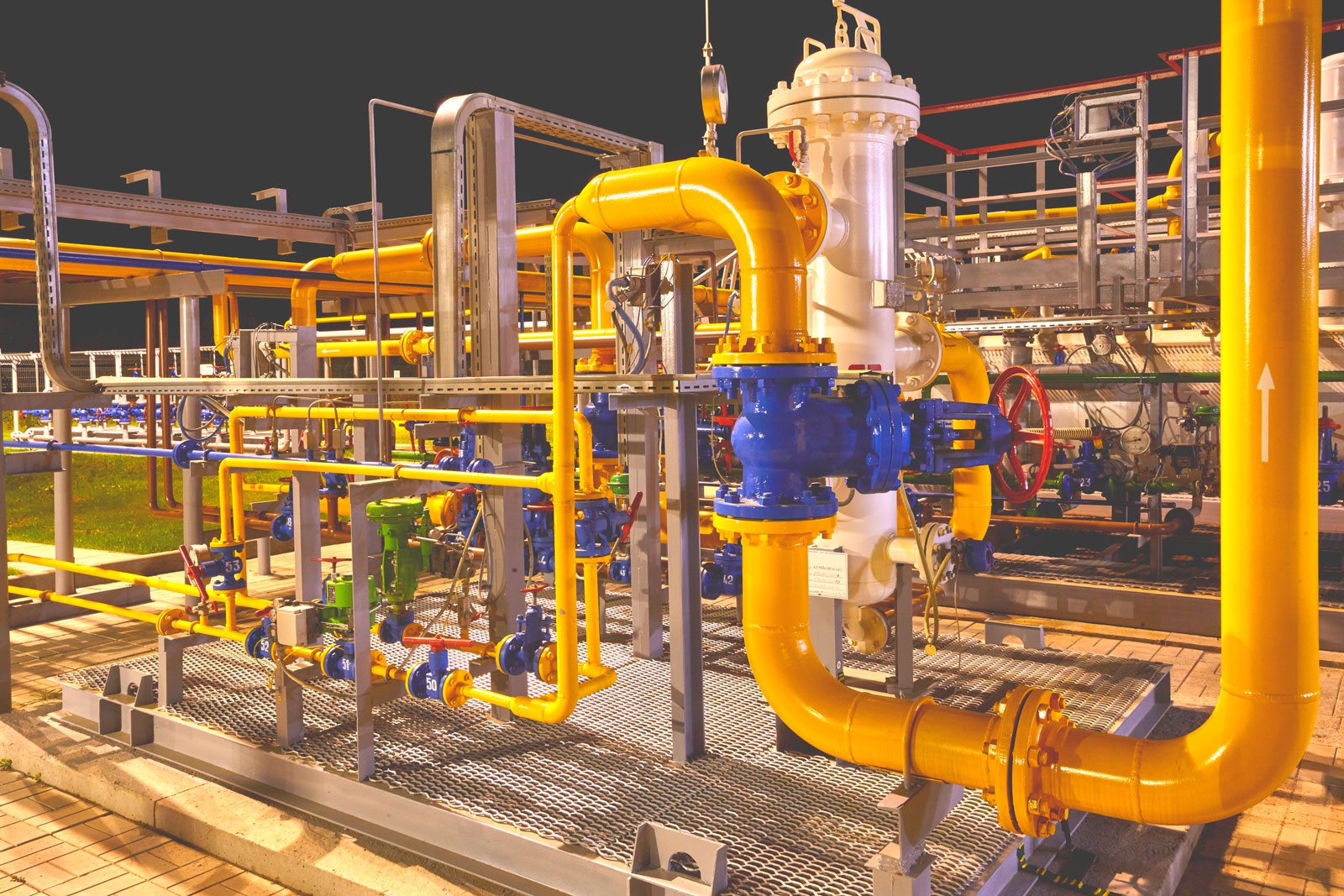With continuous technological advancements in this fast-paced competitive industrial market, the oil and gas industry has been following the suit as well. Coping up with the advancements and embracing the change is important to stay ahead of the competition. For that, the oil and gas industry has been efficiently adopting transformative strategies and operations from time to time.
The emerging technological trends have largely reshaped how business value is driven and delivered in this modern market. To successfully operate and keep customers satisfied in these times of the digital economy, trends in the oil and gas industry have become highly innovative and advanced now.
This article aims at providing insights into running trends in the oil and gas industry. Various reports and findings such as Technology trend 2019: Beyond the digital frontier, KPMG Oil & Gas Industry: 2019 Trends and PWC Oil and gas industry trends 2019 Building growth strategies on shifting sands have been taken into account to observe emerging trends in oil and gas industry. You can also check our infographics, that prepared FortySeven’ team.
Major technological trends in the Oil and Gas industry
Following are some major technological trends facing the oil and gas industry:
Human-Technology interfaces
The human-technology interfaces offer an innovative approach that brings together human-centered design and leading technologies like deep machine learning, virtual and augmented reality, amplified intelligence, and smart infrastructure.
Working together, these have offered intelligent interfaces to ensure quality development, production, safety, and maintenance in the oil and gas industry.
Digital marketing
To move beyond traditional marketing, the oil and gas industry has adopted digital marketing techniques and capabilities. This is mainly focused on increased customer expectations and market competition. Through digital marketing, the oil and gas industry has a good chance of greater collaboration with other industries such as IT. This has helped the oil and gas industry in adhering to digital emerging technologies.
DevSecOps
Another major trend that has taken upon the oil and gas industry includes DevSecOps, which offers increased collaboration and integration between development, security, and operations teams. This aims at reducing the risks of cyberattacks and improve cybersecurity for the technologically advanced oil and gas industry.
This has made risk management and provision of security easier for oil and gas businesses. This leads to overall cyber management in the oil and gas industry.
Adoption of an iterative, systematic approach
The adoption of an iterative and systematic approach to identifying underlying challenges and opportunities is one of the major changes that has been observed in the oil and gas industry. Through the use of technological tools and practices, the oil and gas industry has now been following a systematic approach that focuses on bringing a systematic change. By taking on revolutionized practices to find potential problems in the system and coming up with faster issue resolution, the oil and gas industry has come a long way.
Also, the oil and gas industry has laid its entire focus on an iterative business approach that makes sure that the system runs in a result-diving cycle. From planning to manufacturing and delivering, every phase takes into account significant implementation. This ensures the quality and security as well as drives business value by helping the oil and gas industry move beyond the digital frontier.
Advanced networking
Rapidly advanced networking in the oil and gas industry has offered greater connectivity. Under this, the oil and gas industry is increasing its focus on the development of new products and services. Also, this helps transform older and inefficient systems and operating models.
From artificial intelligence to virtual and augmented reality, 5G networking and low-earth orbit satellites, the oil and gas industry has taken a move towards better connectivity and interaction among enterprises.
Cloud infrastructure
As large enterprises and businesses have taken a turn to the serverless world, the oil and gas industry has also adopted cloud infrastructure. By doing that, the oil and gas industry has been increasingly benefiting from technology and business methods that aim at improving productivity, effectiveness, quality, and security.
Cloud infrastructure has largely replaced traditional infrastructure and complex security management. Overall, this results in value-driven services and capabilities of the industry. Through the deployment of cloud infrastructure, technical resources do not need to interact with the system infrastructure, which enhances the efficiency of various industrial processes.
Agile development
A significant tech trend that is currently ruling the oil and gas industry is agile development. Through agile methods, tools, and practices, the oil and gas industry can focus on particular strategies that offer customer-based value-driven outcomes.
Through agile development, the oil and gas industry is adopting innovative methods and business scale-up strategies. It is not only fast, empirical, cross-functional, and focused but also offers room for continuous improvement in every phase during every new project.
Moreover, agile development allows us to lay the industrial focus on customer satisfaction and look for ways to improve the customer base.
Artificial intelligence
The oil and gas industry is largely harnessing artificial intelligence for data-driven decision making. This has eventually resulted in generating valuable insights into industrial processes and outcomes.
The oil and gas business has been making a place for AI in the industrial mission and vision. This is due to AI’s capability of increasing the interaction between humans and machines in a business environment. AI also focuses on deploying machine learning in various enterprise operations for result-driven decision making.
Blockchain technology
One of the nine macro-technology forces – Blockchain – has also become a critical part of the oil and gas industry. The industry is using Blockchain technology to improve the financial value and making it easier for consumers.
With all the other major industries operating on Blockchain such as healthcare, retail, etc., the oil and gas industry is also looking towards the adoption of Blockchain technology as major means of earning profitable results and reducing the need for traditional financial means of dealing and engaging the consumers.

What are the results?
All of these technological trends have driven profitable results in the oil and gas industry. In 2019, employment opportunities have largely increased in this industry. Apart from that, the business investments are a whole lot better than in previous years. With proper planning and systematic production, the gap between demand and supply has been bridged to a great extent.
All of these outcomes have contributes to the stability of oil and gas prices throughout 2019. If the oil and gas industry keeps on adhering to the same technological trends and continually focuses on adopting newer technological advancements, the industry has better prospects in the coming decade. Industrial sustainability can be achieved in a shorter time period.
Room for improvement?
Looking at the above tech trends, there’s still room for improvement in the customer sector. By adopting and integrating Customer Relationship Management (CRM) software, oil, and gas industry can:
- Link and manage multiple contacts who influence profit and investment
- Get a centralized database to gather notes, documents, service contracts, and customer information in one place
- Improve its productivity and delivering
- Accelerate sales cycle
- Faster and effective decision making
- Manage inventory, accounting, payroll, utilities and workbook altogether
- Adopt a systematic and integrated approach to drive results
Together, all of this will improve relationships with customers and help adhere to the goals and missions of the industry.
With technological trends and advancements, the oil and gas industry is going to become one of the most competitive industries in the coming years. For respective businesses to survive, sustain, and profit, CRM can contribute greatly!



